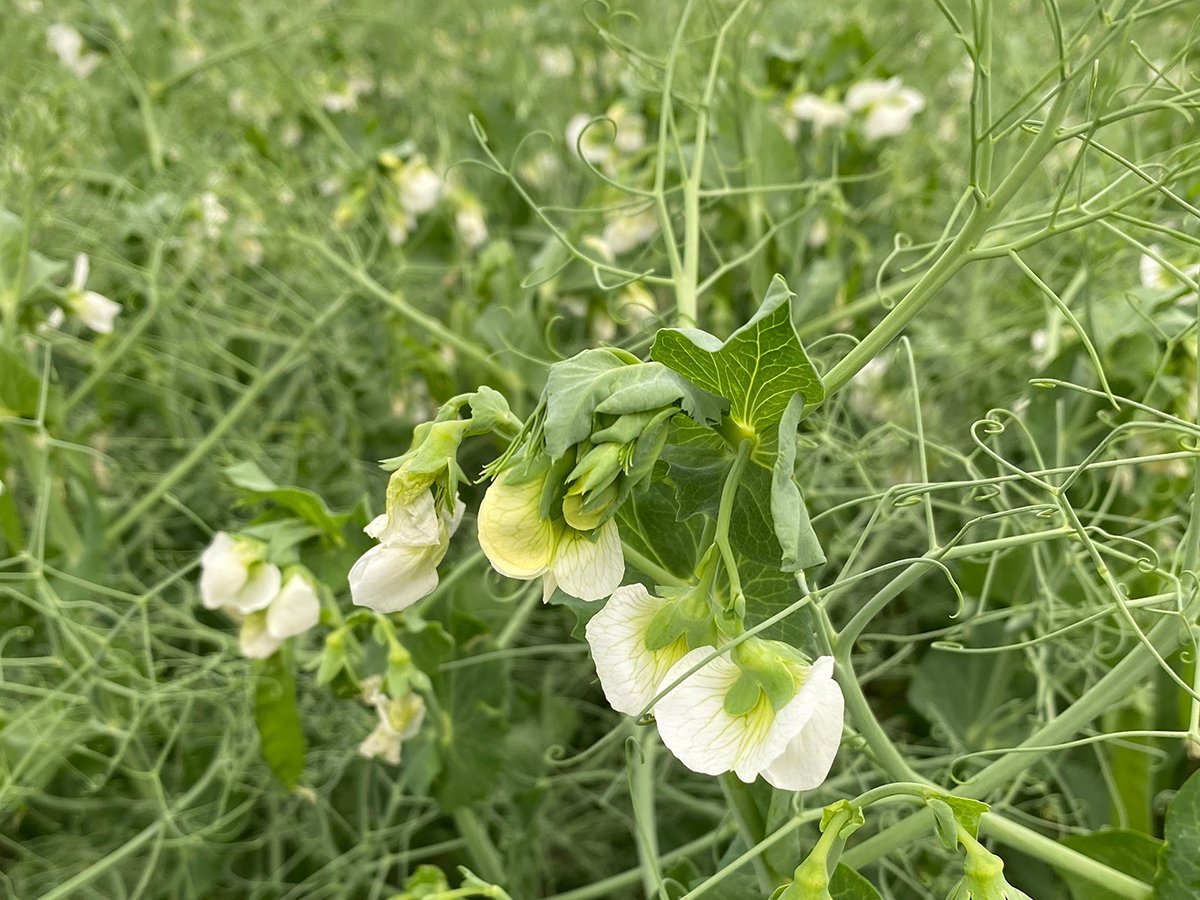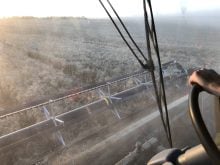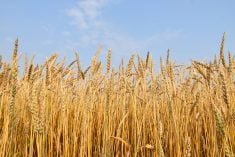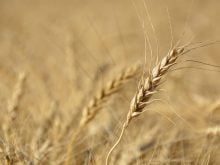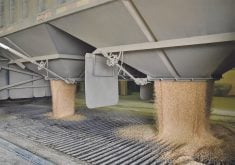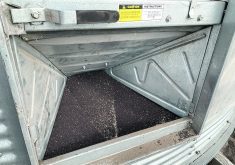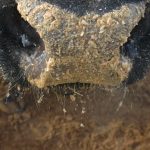SASKATOON — The Canada Post strike came at the most inopportune time for the Canadian Grain Commission’s Harvest Sample Program.
“Due to the mail strike, we are quite a bit behind on where we would normally be with the amount of samples we have received,” said Derek Bunkowsky, the chief grain inspector for Canada.
The program had received 2,800 samples as of Oct. 14, well below the approximately 10,000 that would have arrived in a normal year.
Read Also

Canada told trade crisis solutions in its hands
Canadians and Canadian exporters need to accept that the old rules of trade are over, and open access to the U.S. market may also be over, says the chief financial correspondent for CTV News.
“Obviously it would be nicer to have a better picture with more samples, for sure,” he said.
Postal workers were back on the job Oct. 14 despite no renewed collective agreement, but mail service will still be disrupted or delayed by rotating strikes.
The CGC has made arrangements for farmers to drop off samples at grain elevators that are members of the Western Grain Elevator Association.
The samples will come in eventually, but Bunkowsky is confident the CGC has a pretty good bead on crop quality despite analyzing less than one-third of the usual volume.
“I don’t expect the numbers to change drastically,” he said.
Bunkowsky said 80 per cent of the Canada Western Red Spring (CWRS) wheat samples made the top grade and another 18 per cent graded No. 2.
“We’ve got 98 per cent of CWRS in the top two grades,” he said.
“That’s excellent.”
Protein levels have averaged 13.8 per cent so far, which is in line with the 10-year average.
“It’s a really good story on CWRS,” said Bunkowsky.
Things are not looking nearly as good with the Canada Western Amber Durum crop with 22 per cent making the top grade, 27 per cent No. 2 and 37 per cent No. 3.
“The primary reason for downgrades in the amber durum crop is severe midge and darkened kernels,” he said.
The percentage of samples in the top two grades is less than it has been the past few years.
The average protein level was 14.8 per cent as of Oct. 14, slightly above the long-term average of 14.4 per cent but nowhere near as problematic as it was during the severe drought years.
Ninety-seven percent of canola samples made the top grade with the remainder being No. 2.
There are often no big quality concerns with the canola crop unless there is an early frost, which can lead to elevated levels of distinctly green seeds that cause high levels of chlorophyl in the oil.
“We’re not having the kind of frost events it seems like we had 20 years ago,” said Bunkowsky.
Climate change has resulted in a longer growing season, which is helping canola and other crops.
“We used to have quite a few issues with the wheat crop as well and we’re just not seeing that anymore,” he said.
“That’s a positive aspect of climate change.”
Twenty-seven per cent of the pea samples graded No. 1, with 58 per cent No. 2 and 16 per cent No. 3.
Bunkowsky said that is right in line with what they would typically see with the pea crop. The biggest downgrading factor was colour.
Forty-two per cent of the lentil samples made the top grade, with 49 per cent grading No. 2. Colour was again the main downgrading factor.
“We’re also seeing some staining in the lentils this year,” he said.
“That would be on account of the excess moisture at harvest time.”
All in all, the 2025 crop is of top-notch quality, except for durum.
And the yields were a pleasant surprise as well.
“What I’m hearing when I’m talking to my contacts in the industry is that there’s a lot of quantity,” said Bunkowsky.
“It’s a big crop out there.”




